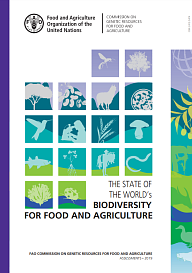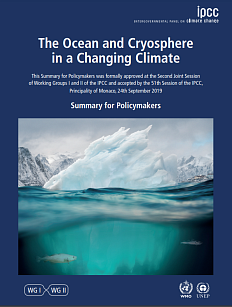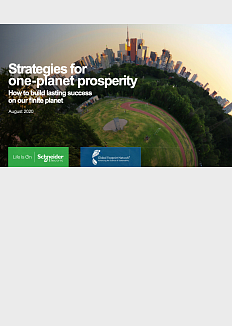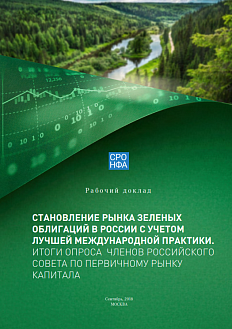Biodiversity for food and agriculture (BFA) is the subset of biodiversity that contributes in one way or another to agriculture and food production. It includes the domesticated plants and animals raised in crop, livestock, forest and aquaculture systems, harvested forest and aquatic species, the wild relatives of domesticated species, other wild species harvested for food and other products.
The State of the World’s Biodiversity for Food and Agriculture report prepared by the Food and Agriculture Organization of the United Nations provides an assessment of biodiversity for food and agriculture (BFA) and its management worldwide, drawing on information provided in 91 country reports (prepared by over 1,300 contributors), 27 reports from international organizations and inputs from over 175 authors and reviewers. The publication describes the many contributions that BFA makes to food security and nutrition, livelihoods, the resilience of production systems, the sustainable intensification of food production and the supply of multiple ecosystem services; the major drivers of change affecting BFA; the status and trends of various components of BFA; the state of management of BFA; the state of policies, institutions and capacities that support the sustainable use and conservation of BFA; and needs and challenges in the management of BFA.
Biodiversity makes production systems and livelihoods more resilient to shocks and stresses, including to the effects of climate change. It is a key resource in efforts to increase food production while limiting negative impacts on the environment. BFA is affected by a variety of drivers, such as changes in climate, global population growth, pollution and overuse of external inputs. While a range of drivers of change are having major negative impacts on BFA, some provide opportunities to promote more sustainable management.
The authors point out that many key components of biodiversity for food and agriculture at genetic, species and ecosystem levels are in decline, while monitoring programs for BFA remain limited. Knowledge of associated biodiversity, in particular micro-organisms and invertebrates, and of its roles in the supply of ecosystem services needs to be improved. The sustainable use and conservation of biodiversity for food and agriculture call for approaches in which genetic resources, species and ecosystems are managed in an integrated way in the context of production systems and their surroundings. At the same time, the use of a wide range of management practices and approaches regarded as favorable to the sustainable use and conservation of biodiversity for food and agriculture is reported to be increasing.
To ensure sustainable use and conservation of the ecosystems, species and genetic diversity, knowledge of the roles of biodiversity in the ecological processes that underpin food and agricultural production needs to be strengthened, and used to develop management strategies that protect, restore and enhance these processes across a range of scales. Establishing effective policy and outreach measures will be needed to support the uptake of management practices. Over the years, the Commission on Genetic Resources for Food and Agriculture has overseen the development of global plans of action for genetic resources in the plant, animal and forest sectors. Implementation of these instruments needs to be stepped up. Consideration also needs to be given to how the international community can more effectively promote synergies in the management of all components of biodiversity, across these sectors and others.






